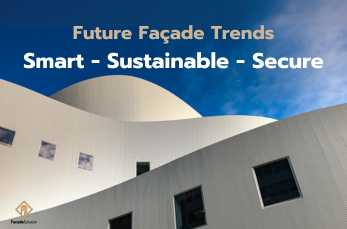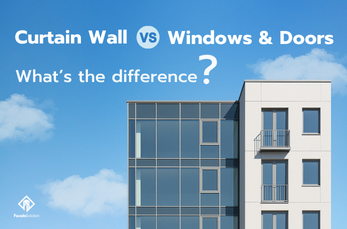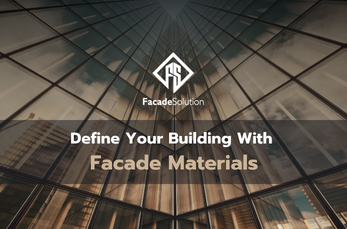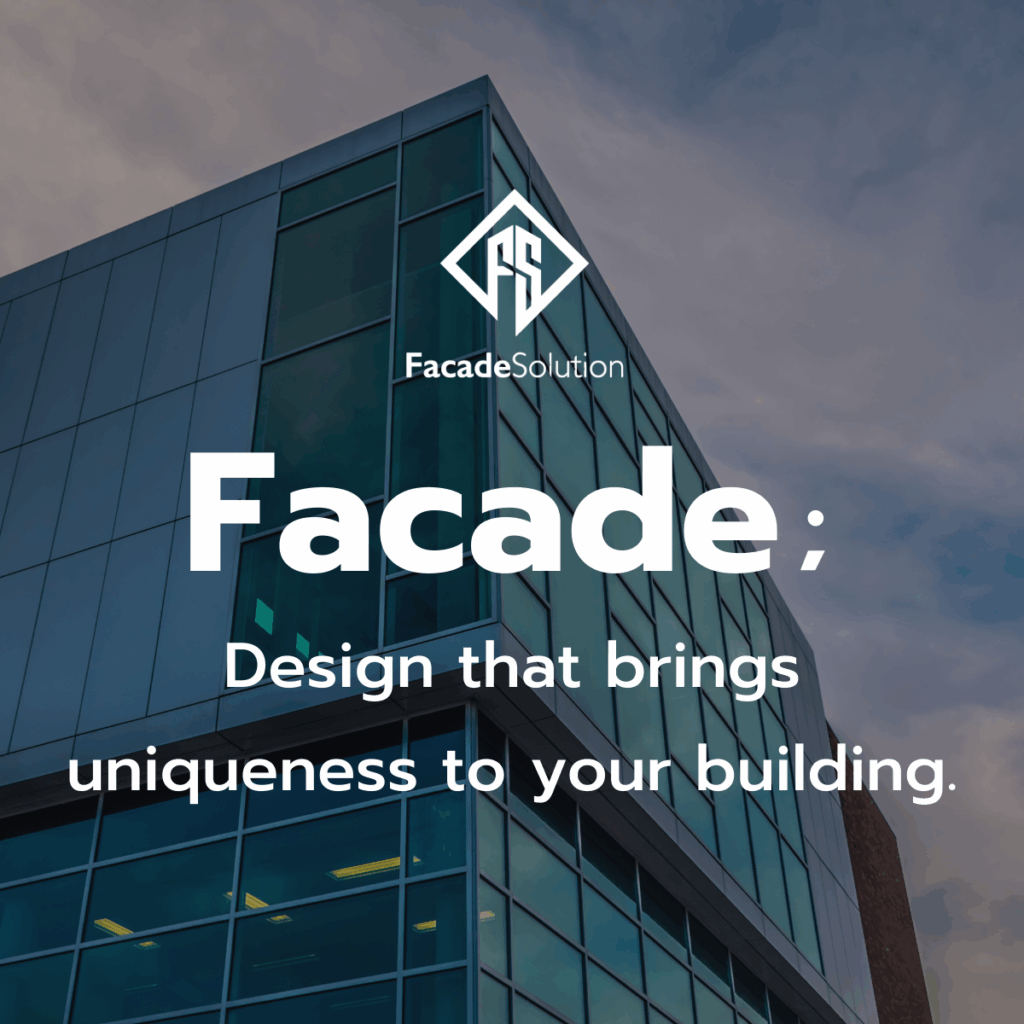Article Name
Share
Details
Date
Category
Reading Time
1 November 2023
Consulting
8 Min
The Importance of Facade Design in Modern Architecture
In the age of modern architecture, building design is more than just construction—it represents identity, sustainability, and performance. Facade design has become one of the most critical elements in architectural design, gaining attention from architects, engineers, and developers worldwide.
What is a Facade and Why is it Important?
A facade refers to the outer skin or envelope of a building, particularly the front or the most visible exterior. It plays a crucial role not only in visual impact but also in protecting the interior from external conditions. A well-executed modern façade design reflects the project’s identity and creates a strong first impression. Read more
The Role of Facade in Building Aesthetics
Facade design directly influences the visual identity of a building. Whether it’s a commercial tower or a residential complex, the use of glass, metal, stone, or composite materials can establish a unique and memorable appearance. This aligns with the principles of modern architecture, which values innovation, elegance, and function.

Facade and Its Impact on Energy and Environment
Moreover, an energy-efficient building façade refers to the design and selection of materials that possess specific properties for effectively regulating indoor temperature. This type of façade helps reduce heat transfer from the outside into the building, leading to lower energy loss from air conditioning systems in hot climates.
In colder climates, a well-insulated façade also prevents indoor heat from escaping, thereby reducing the workload of heating systems. This dual function of thermal insulation enhances year-round energy efficiency, contributes to occupant comfort, and aligns with sustainable building practices.
This approach not only lowers long-term energy costs but also enhances occupant comfort and supports the principles of green building in today’s architectural practices.

Modern Materials and Technologies in Facade Systems
Modern façade design incorporates advanced materials that meet today’s aesthetic and performance needs. These include aluminum composite panels, smart glass, and recycled materials, as well as solar-integrated façades. These materials support the goals of architectural design that values efficiency, durability, and sustainability.
Case Study:
Outstanding Facade Examples
A global example of energy-efficient building façade is The Edge in Amsterdam. This building integrates smart technology with a carefully designed facade system, managing light, temperature, and energy usage efficiently. In Thailand, more commercial buildings are adopting sustainable façade materials to reduce costs and elevate their brand perception.
Conclusion
Facade design is a fundamental part of building design in modern architecture. It impacts aesthetics, energy use, and sustainability. Choosing the right materials and working with experienced professionals ensures your building is functional, efficient, and visually compelling.






